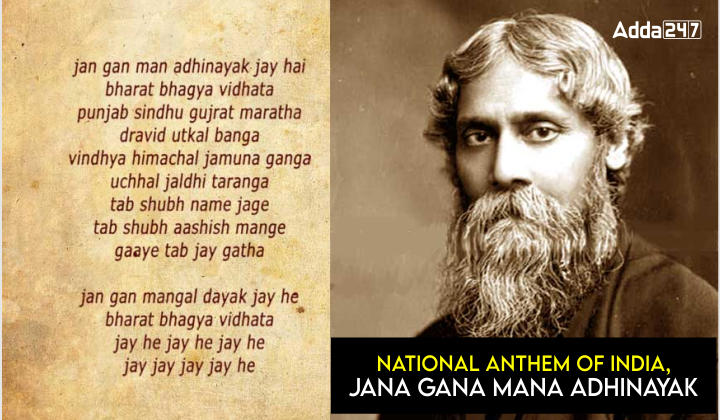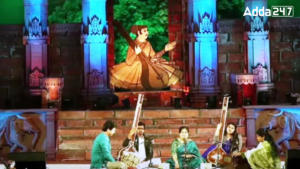The national Anthem of a country is not just a piece of music; it’s a powerful representation of India’s culture, history and values. India’s National Anthem Jan Gana Mana holds a special place in the hearts of its citizens. This anthem is a harmonious embodiment of India’s diverse heritage and unity.
Historical Background of India’s National Anthem
The Indian national anthem, Jan Gana Mana was composed by Rabindranath Tagore in Bengali on 11 December 1911. Originally part of a Brahmo hymn titled ‘Bharoto Bhagyo Bidhata’, it represents unity in diversity. The first public performance occurred on December 27, 1911, during an Indian National Congress session. It became India’s official anthem in 1950. Subhas Chandra Boss played it as National Anthem in Germany in 1942. The anthem has a rich history and was adopted with the birth of Independent India.
Official recognition to India’s National Anthem
Jan Gana Mana was officially adopted on the day Indian Constitution came into force i.e. 24 January 1950 as India’s National Anthem. The significance of this day reflects the anthem’s role in representing the aspirations and values of the newly independent nation. A formal rendition of the national anthem takes approximately 52 seconds.
The Composition
The anthem’s lyrics are a combination of five stanzas, with the first stanza being the most widely recognized and sung on official occasions. Written in Bengali, the lyrics carry an essence of patriotism and inclusivity. Tagore’s choice of words reflects his deep respect for India’s diverse cultures, languages and religions.
Symbolism and Unity
One of the most remarkable aspects of Jan Gana Mana is its celebration of India’s diversity and unity. Each stanza of the anthem represents different geographical regions of the country and acknowledges the diverse people who make up the nation. By doing so, the anthem reinforces the idea that India’s strength lies in its unity amidst diversity.
National Anthem of India: Jan Gana Mana
Jana-gana-mana-adhinayaka, jaya he
Bharat-bhagya-vidhata
Panjaba-Sindha-Gujarata-Maratha
Dravida-Utakala-Vanga
Vindhya-Himachala-Yamuna-Ganga
Uchhala-Jaladhi-taranga
Tava subha ashisha jage
Tava subha ashisha mage
Gaaye tava jaya-gatha
Jana-gana-mangal-dayaka, jaya he
Bharata-bhagya-vidhata
Jaya he! Jaya he! Jaya he!
Jaya jaya jaya , jaya he!
English translation of India’s National Anthem
Thou art the ruler of the minds of all people,
Thou Dispenser of India’s destiny.
Thy name rouses the hearts of Punjab, Sind, Gujarat and Maratha,
Of Dravid, Orissa and Bengal.
It echoes in the hills of the Vindhyas and Himalayas,
Mingles in the music of Jamna and Ganges and is chanted by
the waves of the Indian sea.
They pray for Thy blessings and sing thy praise.
The saving of all people waits in thy hand,
Thou Dispenser of India’s destiny.
Victory, Victory, Victory to Thee.



 Paris Olympics 2024 Medal Tally, India M...
Paris Olympics 2024 Medal Tally, India M...
 Which District of Madhya Pradesh is Famo...
Which District of Madhya Pradesh is Famo...
 EC Signs Electoral Cooperation Pact with...
EC Signs Electoral Cooperation Pact with...

